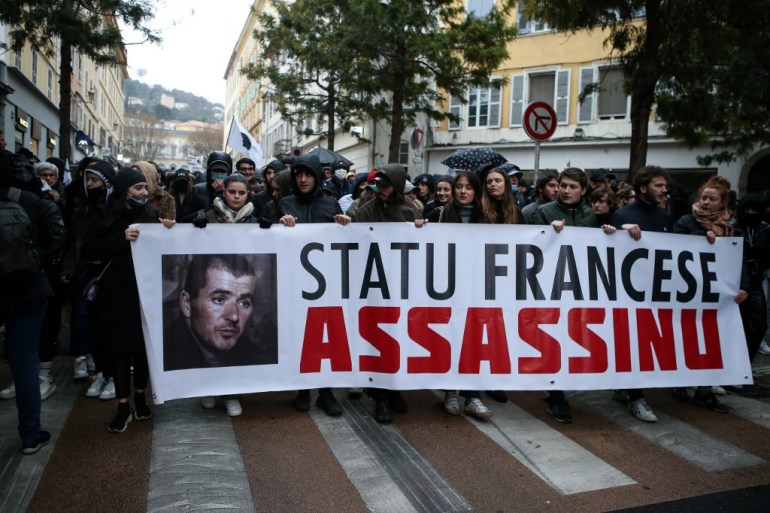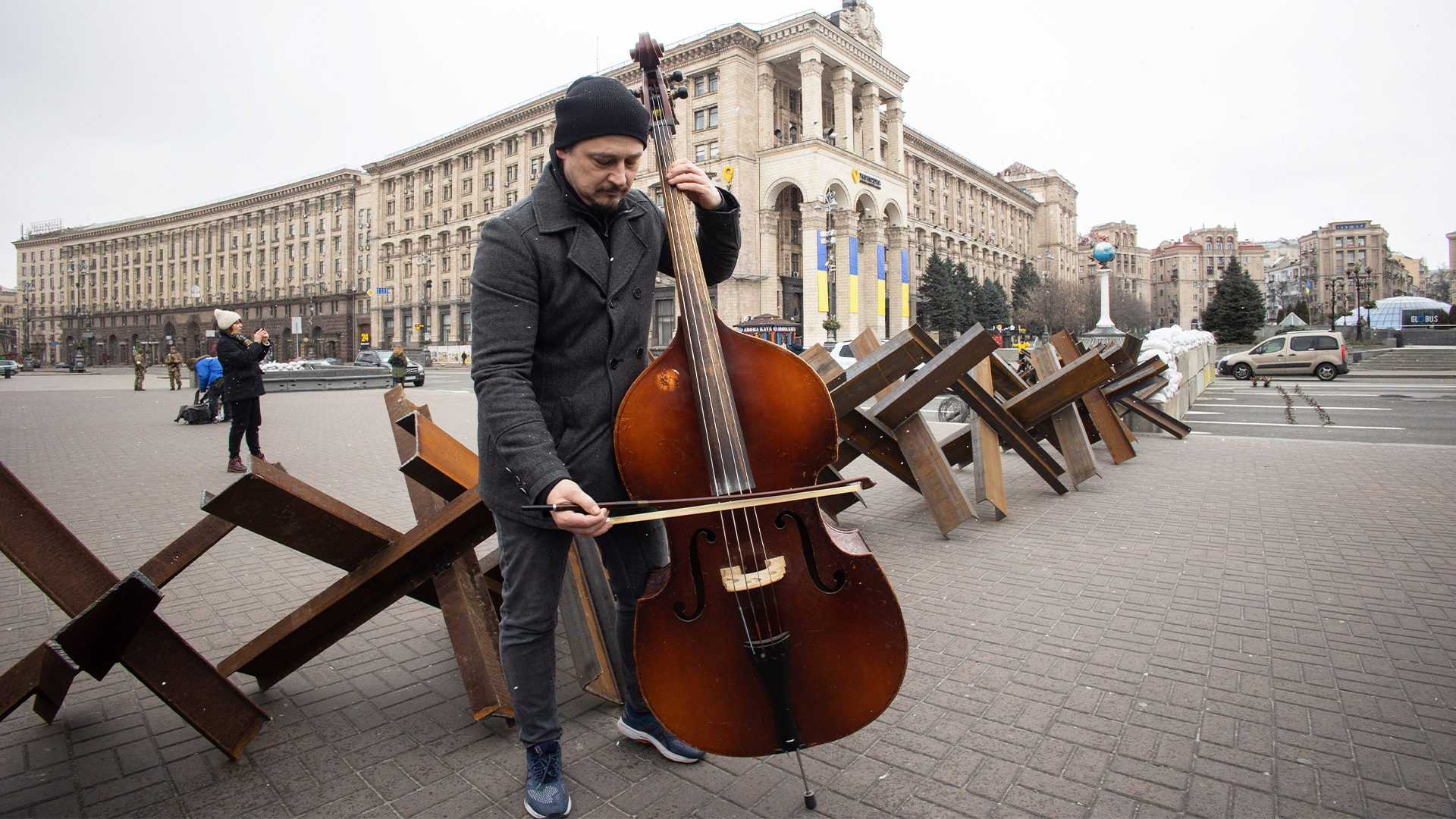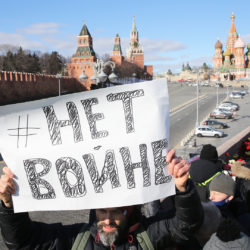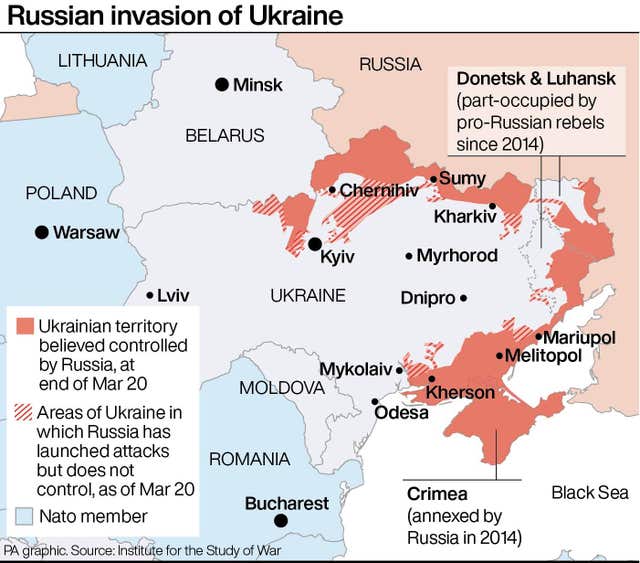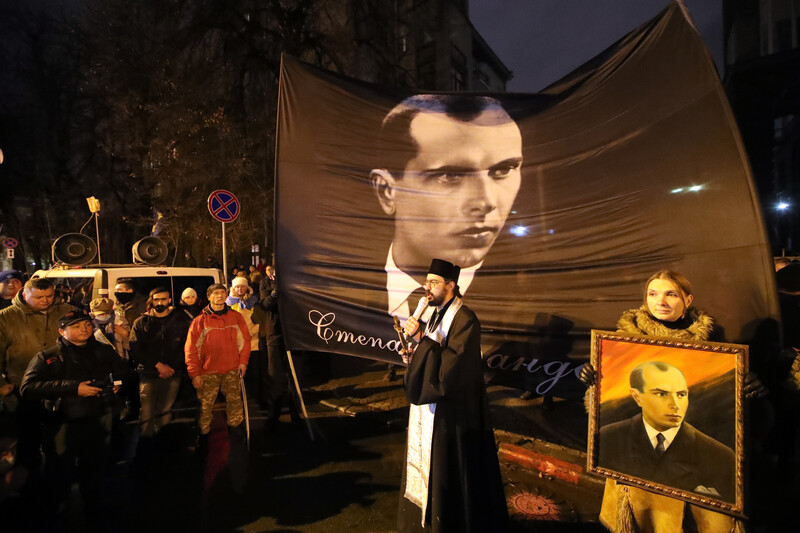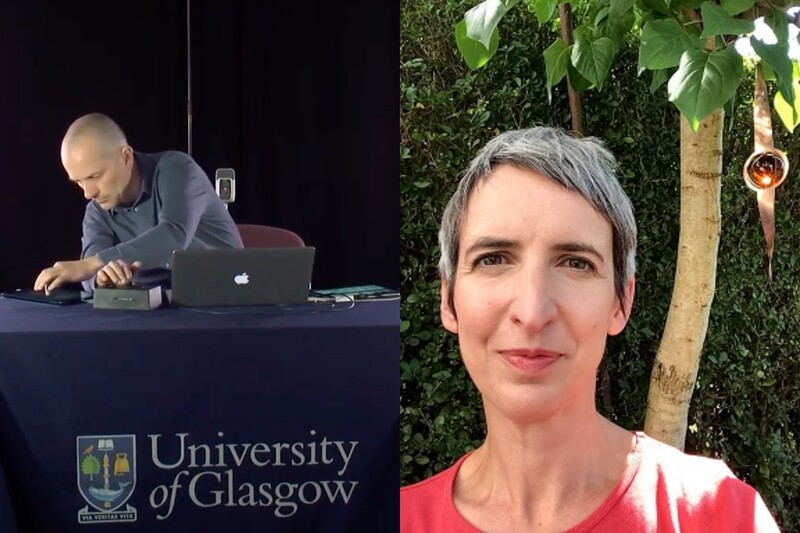Martyr or killer? Corsican nationalist's death inflames island

 People waved Corsican flags and held candles as the hearse carrying Colonna's coffin arrived ahead of his burial Friday Pascal POCHARD-CASABIANCA AFP
People waved Corsican flags and held candles as the hearse carrying Colonna's coffin arrived ahead of his burial Friday Pascal POCHARD-CASABIANCA AFP
Issued on: 25/03/2022
Ajaccio (France) (AFP) – A jailed Corsican nationalist whose death in prison has turned him into a martyr for some is to be buried on Friday amid unease in Paris about fierce public support for the convicted killer.
Yvan Colonna, a former goat herder on the French Mediterranean island, was announced dead on Monday after being strangled and attacked in prison on March 2.
The 61-year-old was serving a life sentence after his conviction of assassinating a senior French official in 1998, but he is seen as a hero by some for his role in the violent struggle for Corsican independence.
"We want to show to the French state that there is a Corsican people," local musician and pro-independence activist Jean Mattei, 72, told AFP on Wednesday night during a vigil for Colonna attended by thousands.
"When you touch one of us, we're all there, whatever our divisions," he said.
Colonna will be buried Friday in his family fiefdom of Cargese on the rugged western coast of what is known as the Island of Beauty due to its mountains and pristine coastline.
News of the attack against him by an Islamic extremist sparked several nights of rioting in early March and led the government to make a surprise offer of talks about increased autonomy for the island.
Tributes
An estimated 4,000 people lined the streets on Wednesday evening after his body arrived by plane at the island's capital of Ajaccio, many burning flares and flying the black-and-white Corsica flag.
Marches, candle-lit vigils and a decision to lower flags on the regional council building and at Ajaccio airport this week underlined public affection for Colonna while causing deep unease on the French mainland.
French President Emmanuel Macron said the decision to lower flags was "an error and inappropriate" in an interview on Wednesday night.
Colonna was tried and convicted three times for murdering top French official Claude Erignac by shooting him at point-blank range in the head in 1998 as he headed to a theatre performance with his wife.
Although he maintained his innocence, Colonna went on the run before being arrested four years later when police tracked him down to a remote mountainous area in the south of the island.
"The death in the way it happened, in prison, for Yvan Colonna was an offence," Socialist Party leader Olivier Faure told RTL radio on Thursday.
"But to make him into a hero, to give the impression that he is a model for the young generations, is a scandal," he said.
The killing of Colonna and the subsequent riots have given a boost to the Corsican cause, however, with Macron's government agreeing to talks about greater political freedoms for the island.
The leader of Corsica's pro-autonomy regional council, Gilles Simeoni, welcomed the proposals as "important words that open up prospects, but they ought now to be extended and firmed up."
burs-adp/js/yad
Issued on: 25/03/2022
Ajaccio (France) (AFP) – A jailed Corsican nationalist whose death in prison has turned him into a martyr for some is to be buried on Friday amid unease in Paris about fierce public support for the convicted killer.
Yvan Colonna, a former goat herder on the French Mediterranean island, was announced dead on Monday after being strangled and attacked in prison on March 2.
The 61-year-old was serving a life sentence after his conviction of assassinating a senior French official in 1998, but he is seen as a hero by some for his role in the violent struggle for Corsican independence.
"We want to show to the French state that there is a Corsican people," local musician and pro-independence activist Jean Mattei, 72, told AFP on Wednesday night during a vigil for Colonna attended by thousands.
"When you touch one of us, we're all there, whatever our divisions," he said.
Colonna will be buried Friday in his family fiefdom of Cargese on the rugged western coast of what is known as the Island of Beauty due to its mountains and pristine coastline.
News of the attack against him by an Islamic extremist sparked several nights of rioting in early March and led the government to make a surprise offer of talks about increased autonomy for the island.
Tributes
An estimated 4,000 people lined the streets on Wednesday evening after his body arrived by plane at the island's capital of Ajaccio, many burning flares and flying the black-and-white Corsica flag.
Marches, candle-lit vigils and a decision to lower flags on the regional council building and at Ajaccio airport this week underlined public affection for Colonna while causing deep unease on the French mainland.
French President Emmanuel Macron said the decision to lower flags was "an error and inappropriate" in an interview on Wednesday night.
Colonna was tried and convicted three times for murdering top French official Claude Erignac by shooting him at point-blank range in the head in 1998 as he headed to a theatre performance with his wife.
Although he maintained his innocence, Colonna went on the run before being arrested four years later when police tracked him down to a remote mountainous area in the south of the island.
"The death in the way it happened, in prison, for Yvan Colonna was an offence," Socialist Party leader Olivier Faure told RTL radio on Thursday.
"But to make him into a hero, to give the impression that he is a model for the young generations, is a scandal," he said.
The killing of Colonna and the subsequent riots have given a boost to the Corsican cause, however, with Macron's government agreeing to talks about greater political freedoms for the island.
The leader of Corsica's pro-autonomy regional council, Gilles Simeoni, welcomed the proposals as "important words that open up prospects, but they ought now to be extended and firmed up."
burs-adp/js/yad
Corsican nationalist Colonna dies after attack in jail: France
A symbol of Corsica’s tensions with mainland France dies weeks after falling into a coma following an attack in prison.

